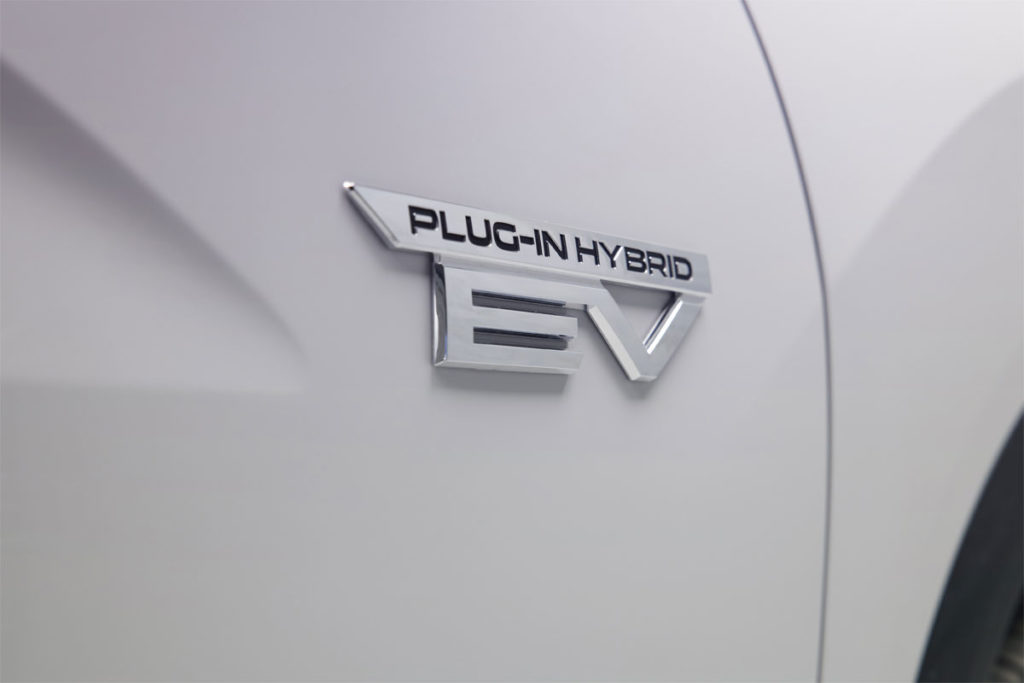
The wallet-thumping price of fuel and impact on the environment of petrol and diesel vehicles are both obvious reasons to look to EV and hybrids. But are you trading driving pleasure and practicality when you make that choice? For the tens of thousands of people who have already switched over, and the many others who are considering a change, the answer is very clear. You can have the satisfaction of an eco-friendly option and little or no fuel costs without sacrificing the drive.
Here is a closer look at these vehicles.
There is now a large number of EVs, PHEVs (Plug-In Hybrid Vehicles) and hybrids in the market, with more coming all the time, giving motorists plenty of choice of brand, model, and features. Plus, they no longer have that ‘odd’ look to them. And of course, there is an increasing number of used EVs, PHEVs and hybrids too.
Among current EVs there are luxury models, SUVs with enough grunt for up to 1.6 tonne braked towing, models with solar panel charging, and 5 star safety ratings. Some even come with reverse charging of appliances (so while they don’t come with the kitchen sink, the electric jug can definitely come along for the ride!)

When it comes to range, early adopters had the challenge of finding charging stations, fretting about route plans and educating their friends (and even electricians) about how EVs get charged. Nowadays New Zealand’s public EV charging network has grown to the point that we now have fast direct current (DC) charging stations at least every 75 kilometres on average across over 96 percent of our State Highway network (EECA Public charger roadmap discussion document).
PHEVs have also advanced meaning the new Mitsubishi Outlander PHEV, for example, now has 84km electric range, up from 55 with the previous model. For many that is several daily commutes, with a quick plug in to bring the vehicle charge back to 100%.

Pricing has become a big game-changer. The Clean Car Rebate is part of the larger Clean Car Standard, recently passed into law in New Zealand. It applies to low or no emitting vehicles, providing a rebate – or money back after purchase – based on the vehicle’s CO2 emissions. New EVs, which have zero emissions get a healthy rebate of $8,625 after registration (assuming they cost less than $80,000 incl GST and have a 3 star safety rating or higher). For new PHEVs there is a set rebate after registration of $5,750, again assuming the same price and safety criteria are met. The rebate amount on Hybrids varies on every model, but as an example, the rebate on the Suzuki Swift Hybrid will be $3,160, making it an even more cost effective option.
So, the wonderful thing when you buy one of these vehicles is that the environment gets a break, you have little or no fuel costs, and thanks to the fee incurred on the more thirsty vehicles, you will get a government rebate in most cases.
Petrol at $3 per litre hurts, and getting money back on your new car purchase feels great. If you are one of those considering a switch to a hybrid or electric vehicle to save money (a third of motorists according to a March 2022 Consumer NZ survey), then take an even closer look at what is on offer. Even better, take an EV, Hybrid or PHEV for a test drive. We know you will be impressed with the drive, reduction in travel costs and benefit to the environment.
